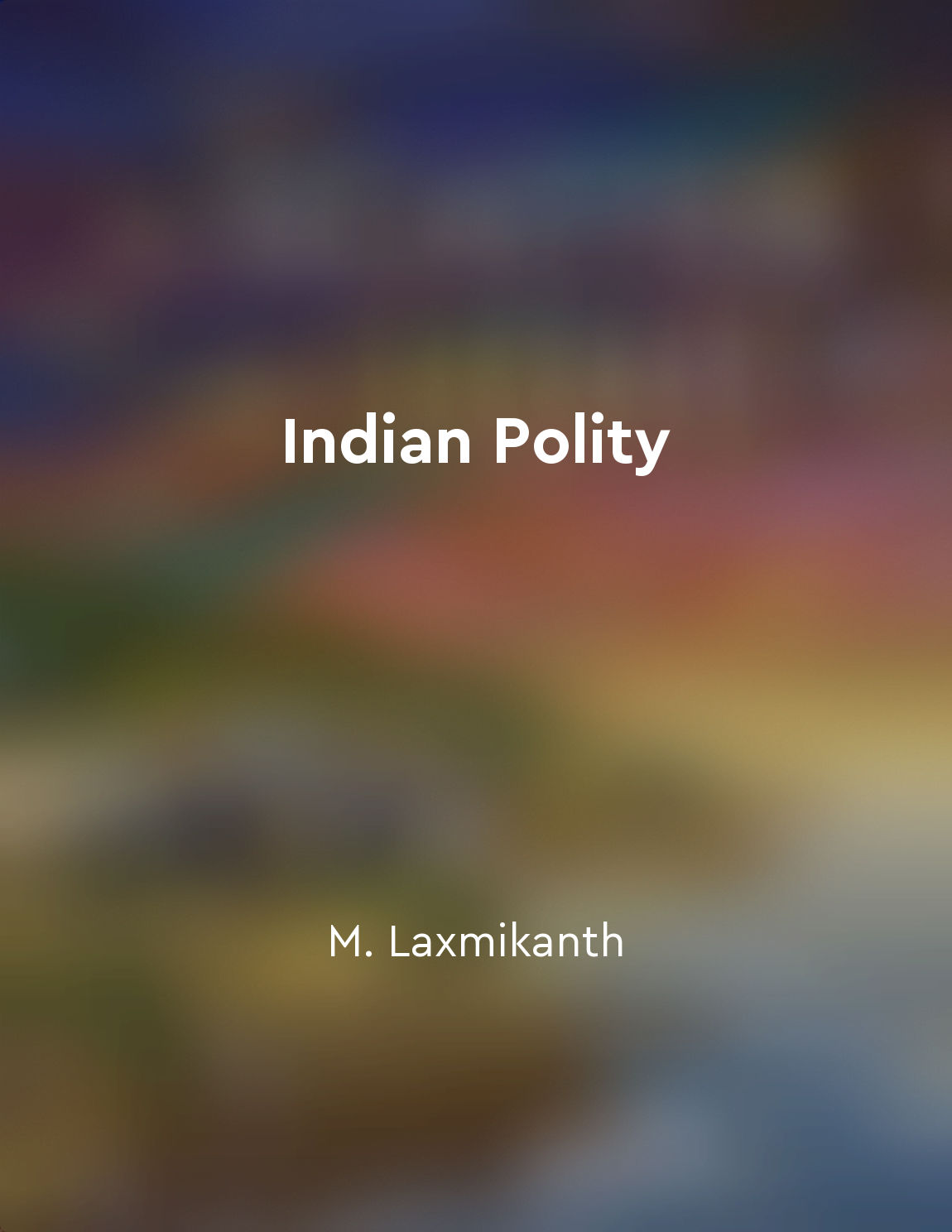Audio available in app
Amendment of the Constitution from "summary" of Indian Polity by M. Laxmikanth
The Constitution of India is not a rigid document because it provides for its amendment. However, the amending process is neither too easy nor too difficult. The Constitution can be amended by the Parliament, but the amending bill must be passed in each House by a special majority. A special majority means a majority of the total membership of that House and a majority of not less than two-thirds of the members of that House present and voting. This provision is laid down in Article 368 of the Constitution. There are three types of amendments to the Constitution of India. The first type includes those that can be passed by a simple majority of the Parliament. Such amendments do not require ratification by the states. The second type includes those that must be passed by a special majority of the Parliament, and they must also be ratified by at least half of the state legislatures. The third type includes those that must be passed by a special majority of the Parliament and ratified by at least two-thirds of the states. The power to amend the Constitution is vested in the Parliament because the framers of the Constitution wanted to maintain a balance between the need for flexibility and the need for protecting the Constitution from hasty and ill-considered amendments. The amending process is not easy because the Constitution should not become too rigid or too flexible. The Constitution can be amended for the welfare of the people, to keep pace with changing times, and to rectify errors or omissions. The Supreme Court has the power of judicial review to strike down any constitutional amendment that violates the basic structure of the Constitution. The basic structure doctrine was laid down by the Supreme Court in the Kesavananda Bharati case. The doctrine ensures that Parliament does not alter the fundamental features of the Constitution through amendments. This doctrine acts as a check on the amending power of the Parliament to protect the essence of the Constitution.- The amendment of the Constitution is a crucial process in maintaining the balance between flexibility and rigidity in the Constitution. The special majority requirement ensures that amendments are not made hastily, and the basic structure doctrine protects the core principles of the Constitution. The amending process is a significant aspect of the Indian Constitution that reflects the foresight of the framers in ensuring its durability and relevance.


